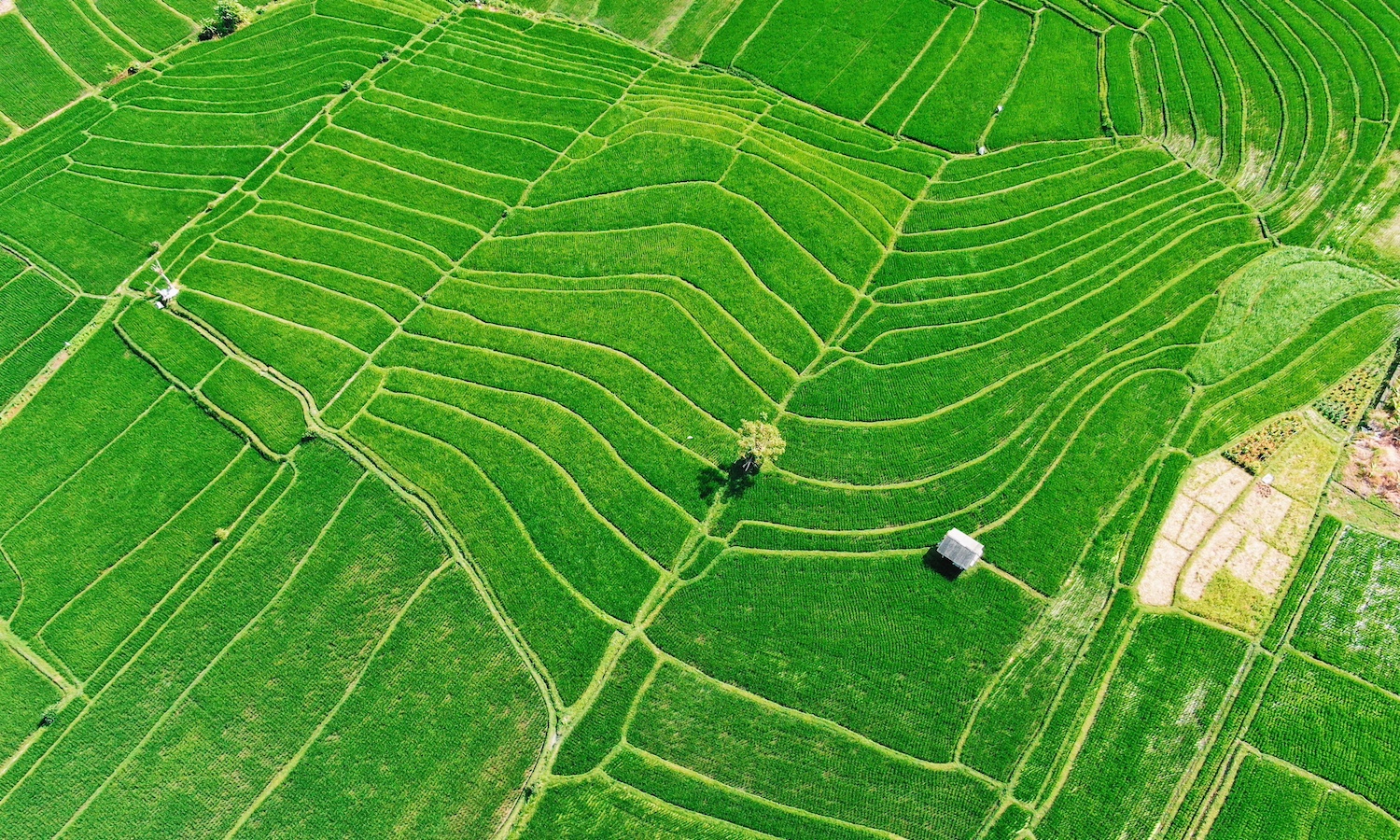Last week, COP28, the United Nations Climate Change Conference, signaled its intent to bring food systems into future COP negotiations. Until now, fixing food systems had hardly been on the environmental agenda, with most attention going to the energy sector. Yet there is a clear consensus that food systems are badly affected by extreme weather events and offer a solution for our climate crisis.
They produce around 30 percent of the world’s greenhouse gas emissions. They suck water resources, and they contribute to pollution. At the same time, they are weakened by climate-related events, which are increasing in frequency and severity. And other supply interruptions, such as conflicts and pandemics, send both food prices and food insecurity soaring.
COP28 has shown a new level of commitment to changing food systems. As Mariam Almheiri, the Minister of Climate Change and Environment in the United Arab Emirates, said on COP28 Food, Agriculture, and Water Day, “Even if you were able to fix the just energy transition and go completely renewable, you still wouldn’t be able to reach the 1.5 degrees if you don’t solve the food systems issue. That’s how big of a cause this is. Food systems will now be center stage in all future COPs.”
And we know what is needed to turn food systems around. It starts with governments having a plan to transform their food systems in ways that incentivize the production, distribution and consumption of foods that are good for health and good for the environment. Despite knowing what to do in general, governments have not had the data to guide specific decisions or know if their actions are having any impact. Until now.
This week, The Food Systems Countdown to 2030 Initiative (FSCI) published the world’s first effort to monitor changes in our global food systems: The state of food systems worldwide in the countdown to 2030.
The U.N. Food Systems Summit in 2021 highlighted a gap in the evidence needed to navigate and monitor food system changes. So we brought together leading researchers from around the world to fill it. We went through a two-year process, selecting 50 indicators that cover critical aspects of food systems, organized into five themes.
1. Diets, nutrition and health, monitoring who has food security and access to food, and what people eat;
2. Environment, natural resources, and production, answering the questions of how food production uses land and water resources, affects biodiversity, and contributes to pollution and climate change;
3. Livelihoods, poverty and equity, monitoring the welfare of people who work in food systems, whether they have access to social protection and if human rights are respected;
4. Governance, addressing the roles of governments and civil society in developing an enabling environment for food systems change, and, crucially, how committed governments to making the necessary changes;
5. And resilience, monitoring how exposed food systems are to shocks, whether they have the capabilities to respond and the likely long-term outcomes.
What did we find?
First, all countries have food system challenges: not everything gets better as countries get wealthier. Yes, the countries of Africa and South Asia tend to have the biggest challenges on food security and adequate diets. But high-income countries have their own significant challenges with unhealthy diets that increase the risk of diabetes and cardiovascular disease.
High-income countries’ food systems are much larger contributors to emissions and environmental degradation, while low-income countries use resources like fertilizers and pesticides at more sustainable levels, though sometimes to the detriment of yield.
Low-income countries are more likely to have a food system plan. And they have less volatile food prices and variability in food supply. However, that simplicity also means fewer pathways for food to reach consumers and, therefore, greater potential for interruption.
What is very clear is that no one has a monopoly on challenges or solutions, and we can all learn from each other.
Our first call to action is for governments everywhere to form data-driven plans for food systems transformation, tailored to their specific needs.
However, we are only at the very beginning of the Countdown process. We might have assembled the most comprehensive, cross-cutting food systems data available to date. But ‘to date’ is an important caveat: we also identified a lot of gaps. Our 50 indicators represent just those that exist and have data available for enough countries.
No indicators met our criteria for critical topics like food loss and waste, which is a major contributor to environmental unsustainability, unaffordability, and unavailability.
Food production and supply indicators mostly omit aquatic and wild foods. And most environmental indicators focus on production, excluding loss and waste and pollution from processes further down the value chain, like packaging waste.
There are many gaps around livelihoods, including data about who works in food systems, their productivity and their welfare, including gender equity and violations of human rights. And we have had to rely on proxy indicators for governance and resilience that are not specific enough to food systems.
Our second call to action is for greater investment in food systems data, so decision-makers have the necessary information to facilitate the transformation we badly need.
Food systems determine so many facets of our lives and so many environmental processes. We desperately need change and for food systems to be part of the climate solution. The only way to make those changes, and to know there is improvement, is to have the highest quality data. Without that, all we have are opinions. In today’s polarized and politicized world, only quality data can guide us towards food systems that work for both people and our planet.
Articles like the one you just read are made possible through the generosity of Food Tank members. Can we please count on you to be part of our growing movement? Become a member today by clicking here.
Photo courtesy of Inés Álvarez Fdez, Unsplash











